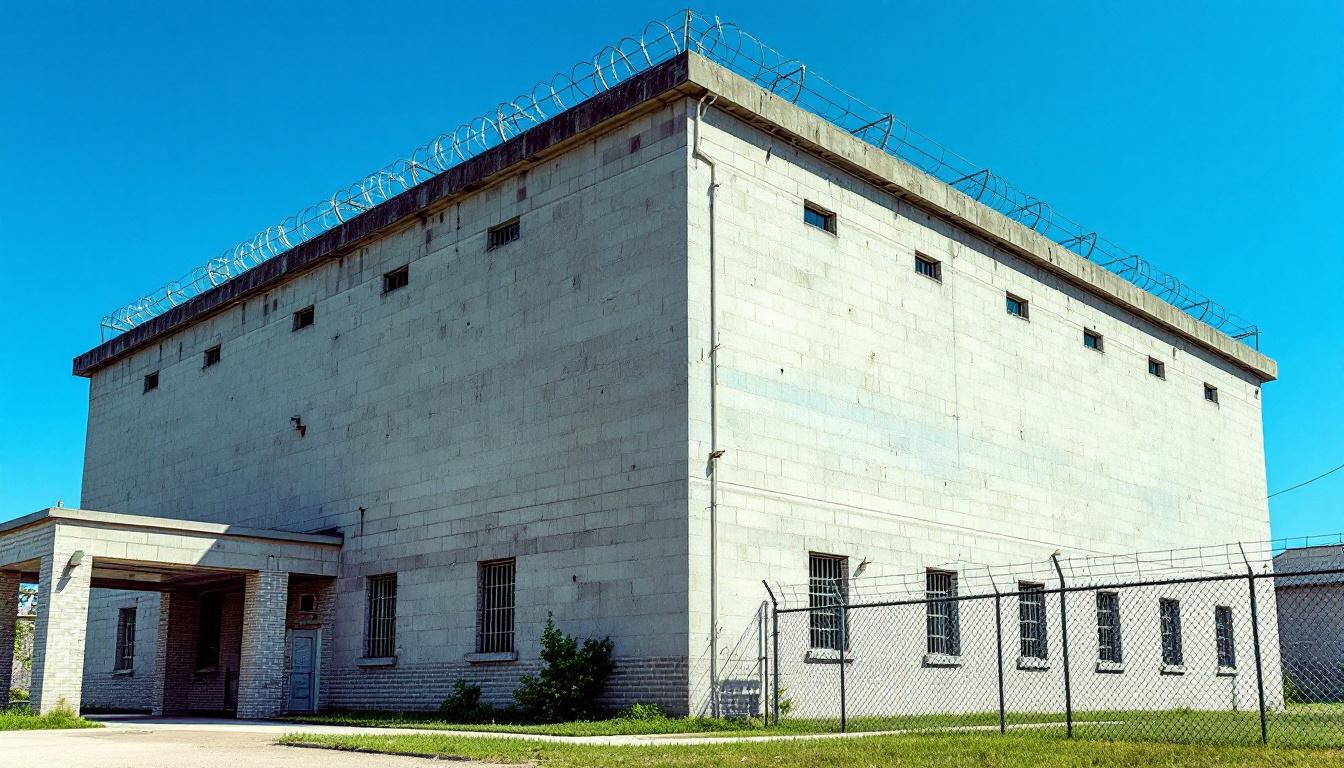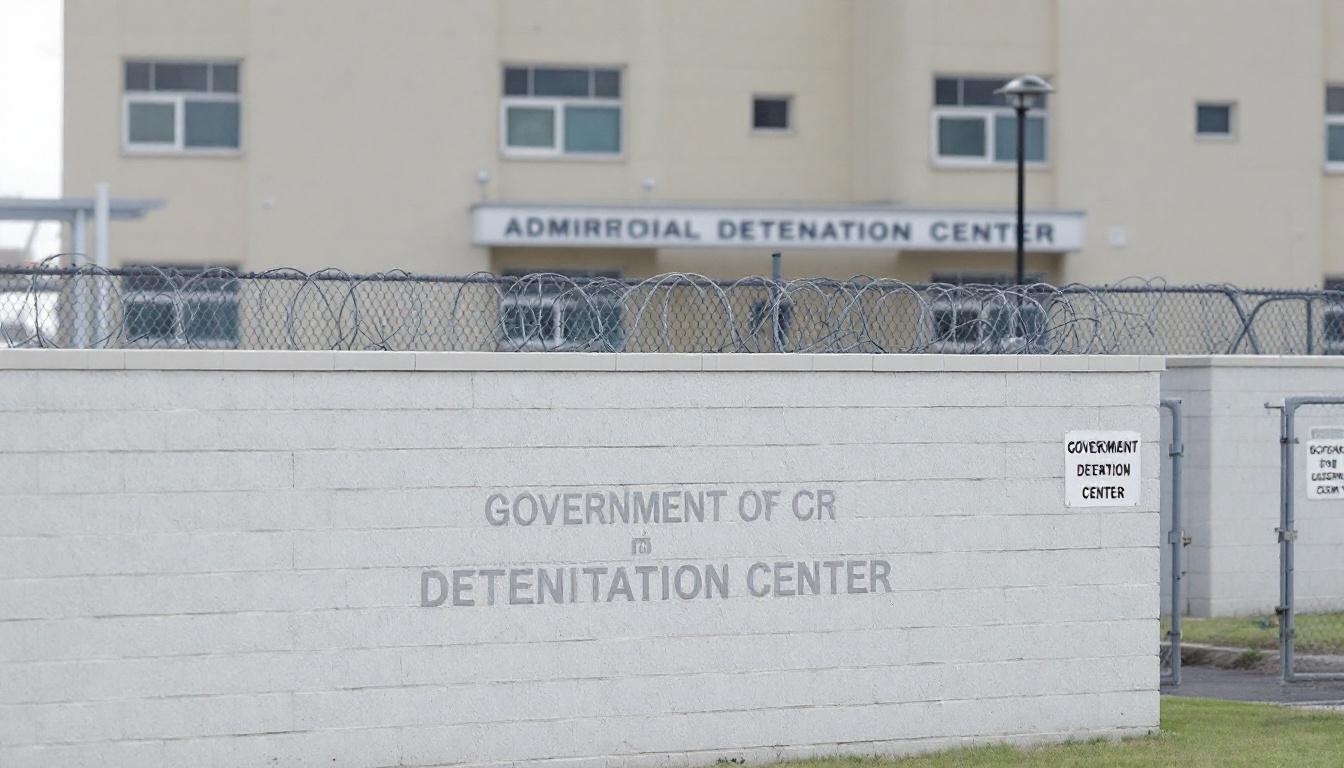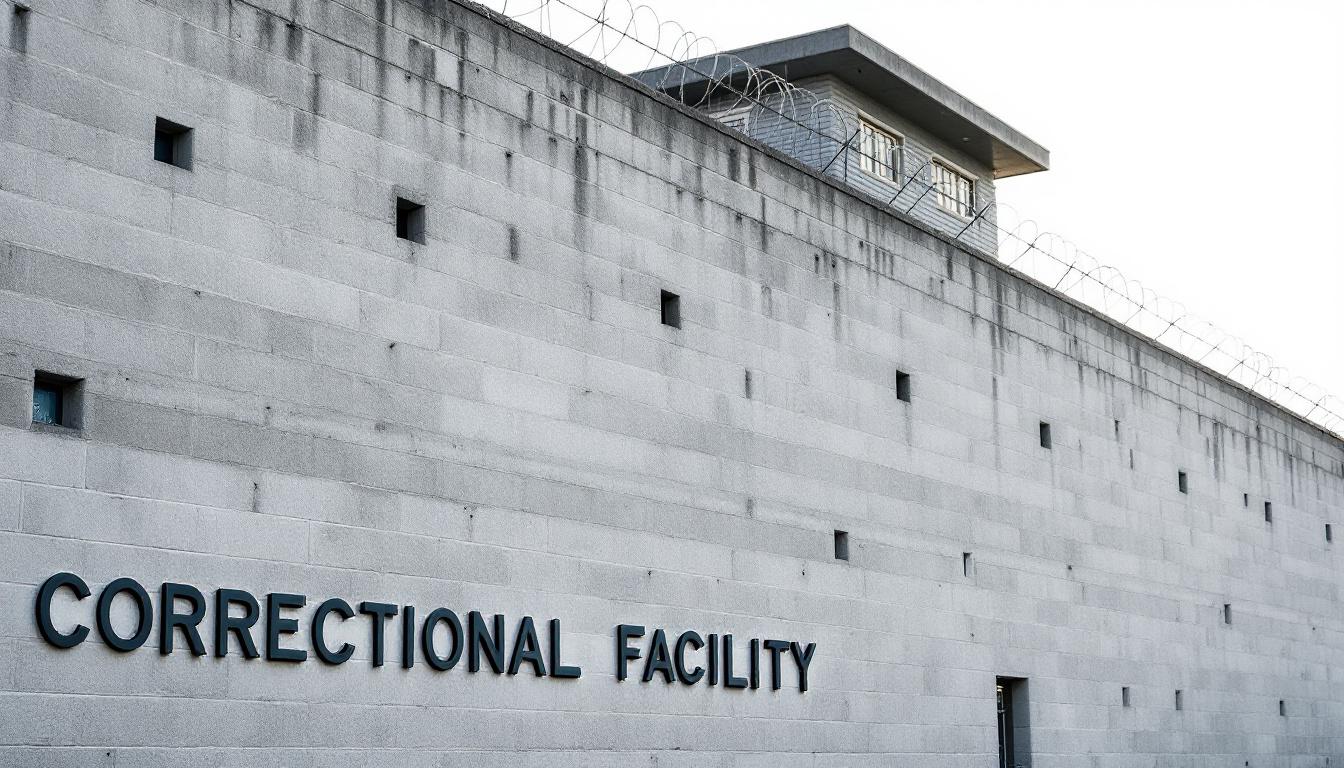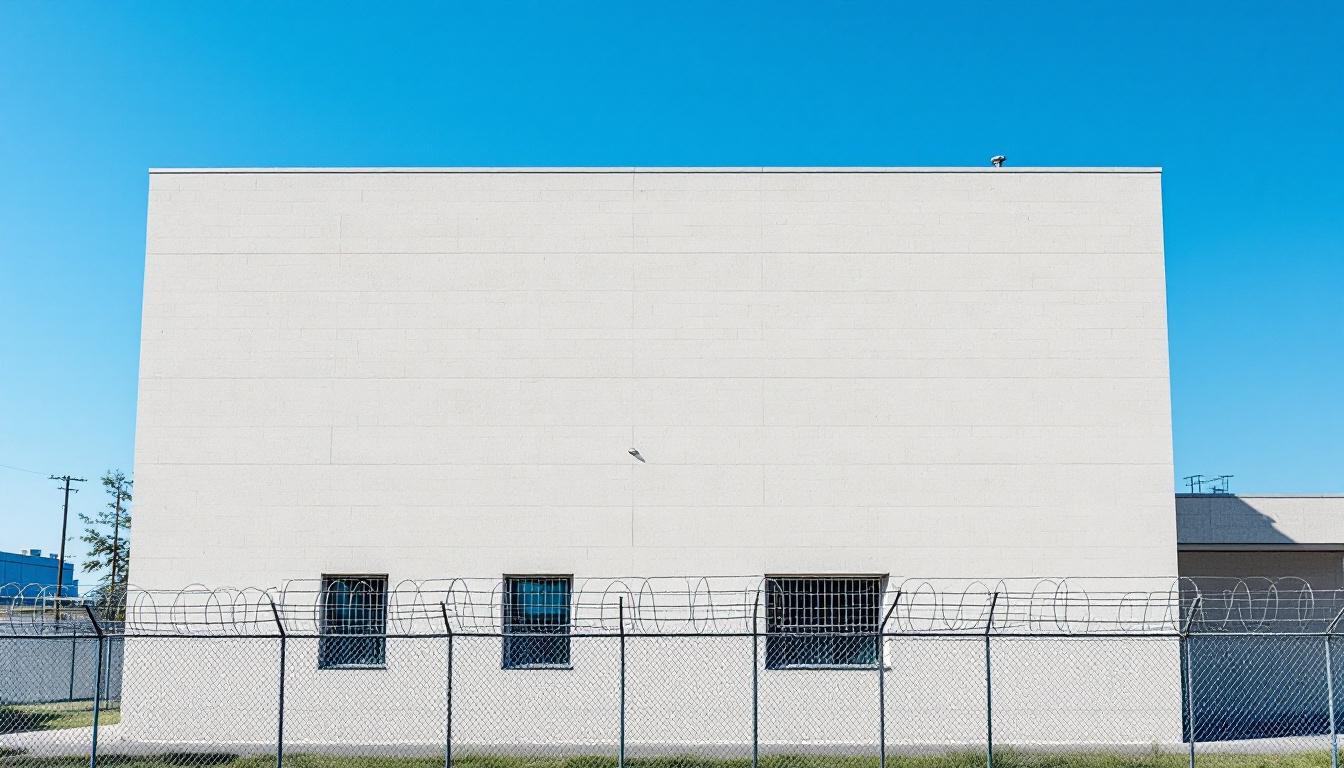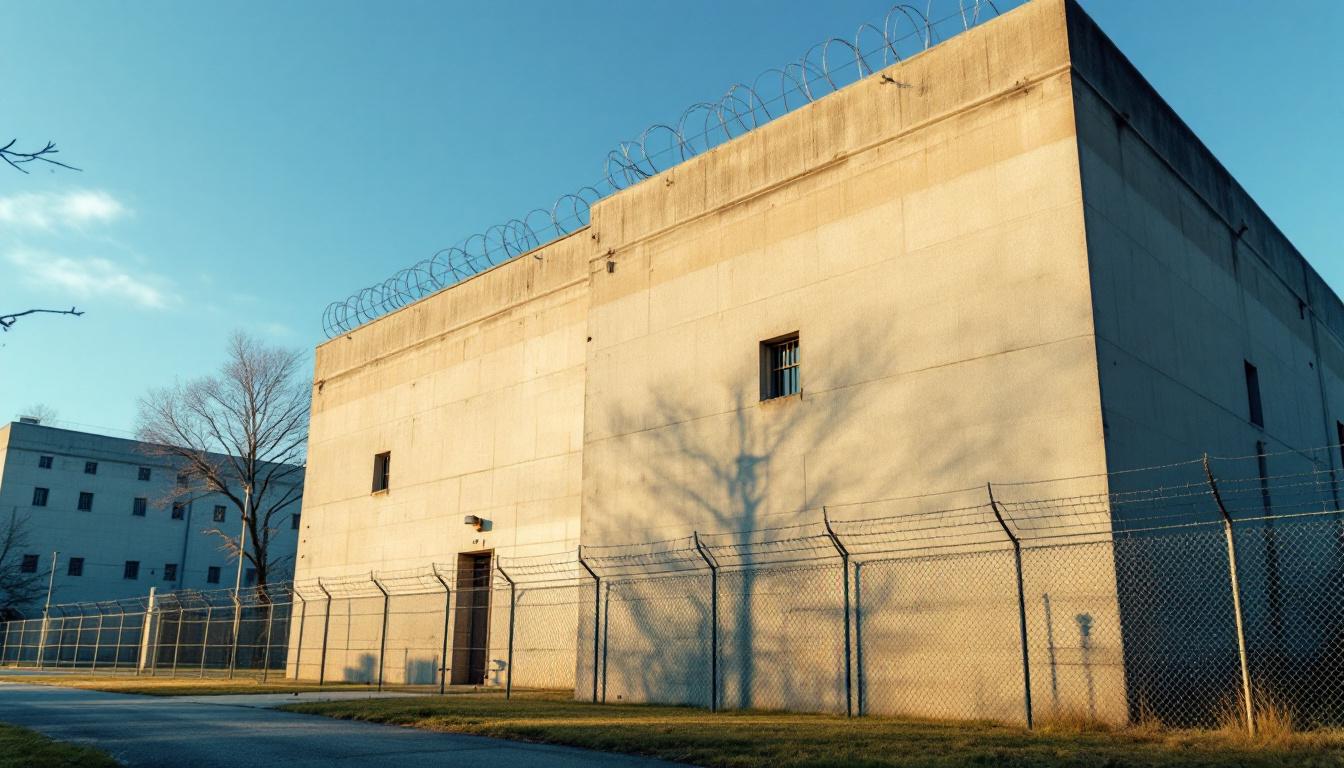
Quick Navigation
How to contact an inmate at Central Utah Correctional Facility
This comprehensive guide will walk you through how to connect with an inmate at Central Utah Correctional Facility. Follow the steps below to find an inmate and send letters and photos:
- Search for the inmate using our search tool below
- Create your account or log in to Penmate
- Write your message (up to 6,000 characters)
- Send instantly - inmates receive printed copies daily
Find an Inmate
Search for an inmate to start communicating today
Tip: You can search by first name, last name, or inmate ID number
To contact a person at Central Utah Correctional Facility start by searching for the person on the official facility website. Perform a search by following these steps:
- Step 1: Enter their first name and last name into the search form and click "Search"
- Step 2: Locate their inmate record
- Step 3: Write down their Inmate ID and any housing information provided
Important! Be sure to enter the person's full name. Nicknames should not be used.
How to Send Messages to Inmates

You can use your phone or computer to send emails, letters, and photos to an inmate. Messages are sent electronically to inmate tablets or kiosks at the facility. If you would like to send a message, start by searching for an inmate at Central Utah Correctional Facility.
Sending Photos and Postcards

A great way to send love and support to a loved one at Central Utah Correctional Facility is to send photos and postcards. It only takes a few minutes to send photos from your phone and it makes a huge difference. You can also mail postcards with words of support and inspiration, or design your own postcard for special moments like birthdays and holidays.
Important! Be sure not to send any explicit photos or they may not be approved by the facility. You can also use a photo printing app like Penmate to make sure your photos are printed at the correct size (4x6 or 3x5) and are mailed according to the rules and regulations of Central Utah Correctional Facility.
Frequently asked questions about Central Utah Correctional Facility
-
How long does it take to deliver a message?
If you're sending an email message your letter is usually delivered within 24-48 hours. For messages sent via mail you should expect delivery within 3-7 days. All messages will need be approved by Central Utah Correctional Facility.
-
How much does it cost to send a message to Central Utah Correctional Facility?
You can send a message free using your phone or mail a message via USPS for the price of a $0.60 stamp and envelope. You can also purchase credits or e-stamps from services starting at $1.99.
-
What services can I use to contact an inmate at Central Utah Correctional Facility?
Penmate
You can use Penmate to send letters and photos to an inmate from your phone. It's an easy way to stay in touch during your loved one's incarceration. Use the inmate locator to find an inmate's location and contact information, then you can send messages within a few minutes.
Securus messaging
Securus may be another option for communicating with an inmate at Central Utah Correctional Facility. You can create a friends and family account and purchase credits to send messages. All messages will be reviewed and must be approved by the facility.
JPay
Some county jails and state prisons may support sending messages with JPay. You must register an account with the system, find your loved one, and purchase stamps to send messages. For some locations you can also attach photos.
Smart Jail Mail
You may also check if Smart Jail Mail is available at Central Utah Correctional Facility. Smart Jail Mail is operated by Smart Communications and has contracted with some state and county jails. After purchasing credits, your messages and photos are sent to the facility, printed out, and then handed out to your loved one.
-
What is the mailing address of Central Utah Correctional Facility?
Mailing address:
Central Utah Correctional Facility
255 E. 300 North
Gunnison, UT 84634
Phone: (435) 528-6000Business hours:
- Monday: 8:00 AM – 5:00 PM
- Tuesday: 8:00 AM – 5:00 PM
- Wednesday: 8:00 AM – 5:00 PM
- Thursday: 8:00 AM – 5:00 PM
- Friday: 8:00 AM – 5:00 PM
- Saturday: Closed
- Sunday: Closed
-
What are the visiting hours at Central Utah Correctional Facility?
Visiting hours at Central Utah Correctional Facility vary by housing unit and security level. Generally, visits are scheduled on weekends and holidays, with some facilities offering weekday visits. Contact the facility directly at (435) 528-6000 or check their website for the current visiting schedule. Visits typically last 30-60 minutes and must be scheduled in advance.
-
What items are prohibited when sending mail to Central Utah Correctional Facility?
Prohibited items typically include: cash, personal checks, stamps, stickers, glitter, glue, tape, staples, paperclips, polaroid photos, musical or blank greeting cards, hardcover books, magazines with staples, and any items containing metal or electronics. Only send letters on plain white paper with blue or black ink. Photos must be printed on regular photo paper (no Polaroids). Always check with Central Utah Correctional Facility for their specific mail policies.
-
How do I send money to an inmate at Central Utah Correctional Facility?
You can send money to an inmate at Central Utah Correctional Facility through several methods: 1) Online using JPay, Access Corrections, or the facility's approved vendor, 2) Money orders mailed directly to the facility with the inmate's name and ID number, 3) Kiosks located in the facility lobby, or 4) Over the phone using a credit or debit card. Fees vary by method, typically ranging from $2.95 to $11.95 per transaction.
-
Can I schedule a video visit with an inmate at Central Utah Correctional Facility?
Many facilities now offer video visitation as an alternative to in-person visits. At Central Utah Correctional Facility, video visits may be available through services like Penmate, Securus Video Connect, GTL, or ICSolutions. Video visits typically cost $10-20 for 20-30 minutes and must be scheduled in advance. You'll need a computer or smartphone with a camera and reliable internet connection. Contact the facility for their specific video visitation policies and approved vendors.
-
What identification do I need to visit an inmate at Central Utah Correctional Facility?
All visitors must present valid government-issued photo identification such as a driver's license, state ID, passport, or military ID. Minors must be accompanied by a parent or legal guardian who can provide the minor's birth certificate. Some facilities require visitors to be on the inmate's approved visitation list, which may require a background check. Contact Central Utah Correctional Facility for specific ID requirements and visitor approval procedures.
-
How can I find out an inmate's release date?
To find an inmate's release date at Central Utah Correctional Facility, you can: 1) Use the online inmate search tool if available, 2) Call the facility's records department, 3) Contact the inmate's case manager or counselor, or 4) Have the inmate provide this information during a call or visit. For privacy reasons, some facilities only release this information to immediate family members.
Facility Overview
Contact Information
Central Utah Correctional Facility255 E. 300 North
Gunnison, UT 84634
Phone: (435) 528-6000
Official Website
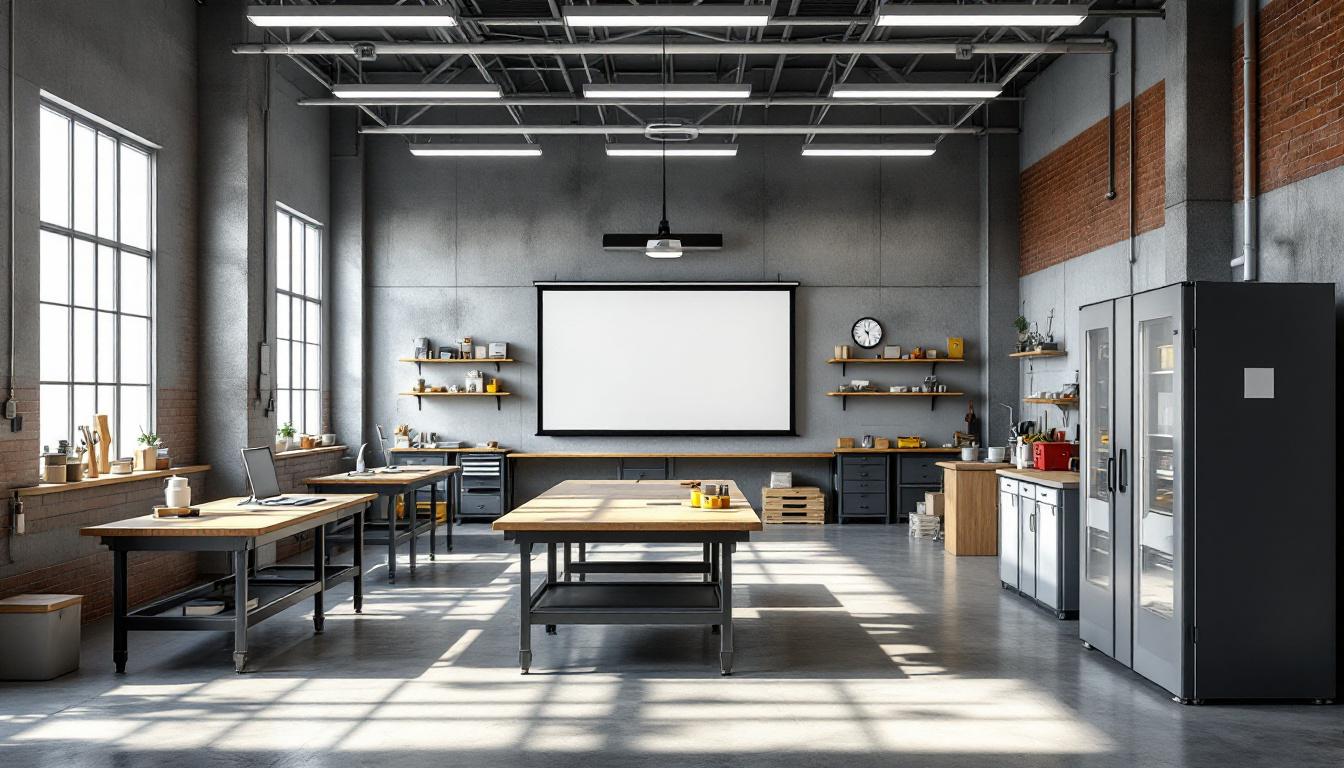
About Central Utah Correctional Facility
Nestled within the distinctive landscape of Las Vegas, Utah, where mountain vistas meet desert terrain, this correctional facility serves as a vital component in the state's commitment to evidence-based rehabilitation and community reintegration. The Utah State Corrections Facility operates with a focus on connecting incarcerated individuals to resources that may support their eventual return to communities throughout the mountain region, emphasizing partnerships that bridge the gap between institutional programming and local support networks.
The facility typically houses residents within a structured environment designed to promote personal accountability while fostering connections to educational opportunities and skill-building programs. Staff generally work to implement rehabilitation approaches that may include vocational training, substance abuse counseling, and mental health services, often coordinating with community organizations to ensure continuity of care upon release. This UT correctional facility's approach to residents services typically encompasses both individual case management and group programming, recognizing that successful reintegration often depends on addressing multiple factors that contribute to criminal behavior.
Through its comprehensive approach to corrections, the facility generally maintains connections with various community stakeholders who may provide ongoing support for individuals transitioning back into society. These partnerships often include faith-based organizations, educational institutions, and workforce development agencies throughout the Las Vegas area and broader Utah region, creating networks that may extend beyond the facility's walls to support long-term rehabilitation goals and community safety initiatives.
Programs & Services
Therapeutic communities and decision-making skills development form the cornerstone of rehabilitation initiatives at Utah State Corrections Facility, reflecting a comprehensive approach to resident transformation. These initiatives typically emphasize personal accountability and behavioral change through structured environments where residents can practice new coping strategies and interpersonal skills. The facility's philosophy centers on providing multiple pathways for growth, recognizing that successful reintegration requires both practical skills and emotional development.
Educational and vocational initiatives may deliver foundational learning opportunities alongside career-focused training programs. Education programs often include basic literacy instruction, GED preparation, and continuing education courses that help residents build academic confidence and critical thinking abilities. Job readiness training typically covers essential workplace skills such as resume writing, interview techniques, and professional communication, while vocational training programs may offer hands-on experience in trades and technical fields that align with local employment opportunities.
In addition to this educational foundation, support services focus on addressing underlying behavioral patterns and mental health needs. Therapeutic communities create structured living environments where residents participate in group counseling, peer support activities, and conflict resolution exercises under professional guidance. Decision-making skills initiatives often include cognitive-behavioral programming that helps residents identify triggers, evaluate consequences, and develop healthier response patterns to challenging situations, ultimately supporting their transition back into the community.
Daily Life & Visitation
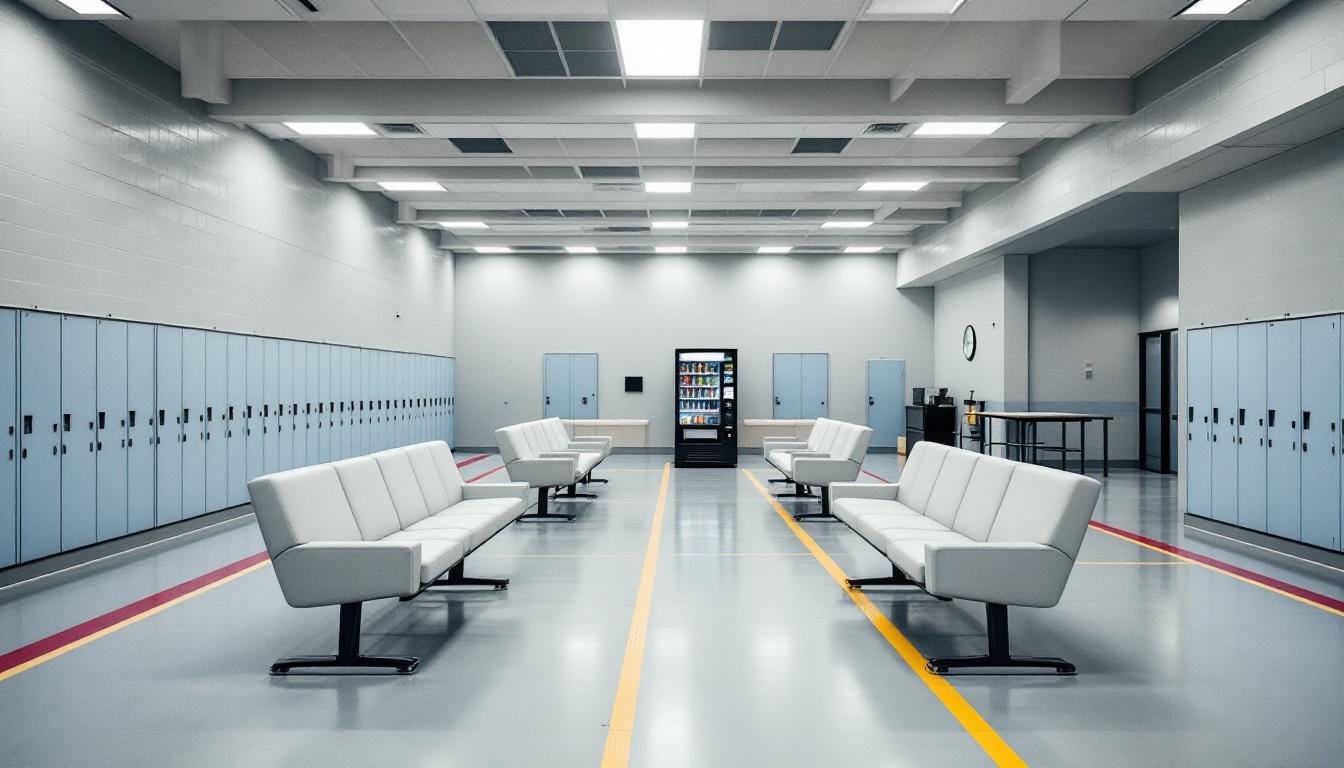
Structure forms the backbone of every day, with carefully planned routines that currently guide residents through consistent schedules designed to promote stability and personal growth. Wake-up calls typically occur in the early morning hours, followed by personal hygiene time and preparation for the day ahead. The facility continues to maintain regular meal times, work assignments, and programming sessions that deliver predictability residents often find reassuring after periods of uncertainty in their lives.
Living accommodations generally consist of shared housing units where residents maintain personal spaces within dormitory-style or cell-based arrangements. Each resident typically receives basic furnishings and may store approved personal items according to facility guidelines. In addition to this structured living environment, dining arrangements follow set schedules with meals served in common areas, allowing residents to maintain nutritional routines while following established protocols. The commissary system usually provides opportunities for residents to purchase additional approved items using funds from their accounts.
Despite this highly structured environment, residents typically have access to recreational activities including exercise periods, library services, and various educational or vocational programs that may offer skill development opportunities. Work assignments often include facility maintenance, kitchen duties, or other institutional jobs that provide both structure and potential work experience. Family connections generally remain possible through scheduled visitation periods and approved communication methods, though specific policies may vary based on security classifications and individual circumstances. These elements work together to create an environment where routine delivers both security and opportunities for personal development during incarceration.
Ready to Connect?
Start communicating with your loved one today
Search for an Inmate
